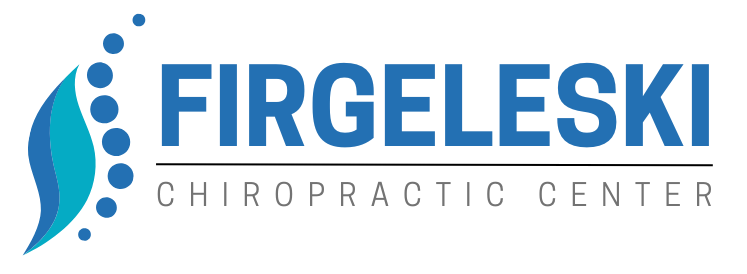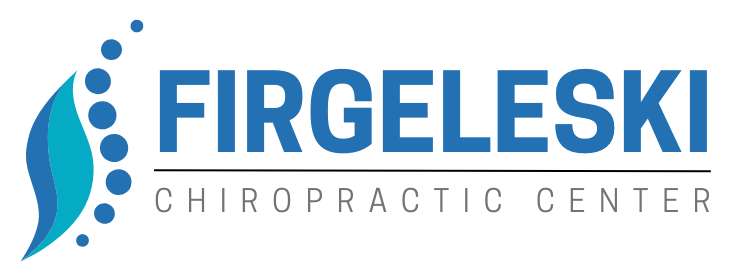Gentle Passive Flexion/Distraction
Gentle Passive Flexion/Distraction is a chiropractic technique designed to alleviate pain and improve spinal mechanics by gently stretching the spine. This method is particularly effective for conditions such as herniated discs, sciatica, spinal stenosis, and lower back pain. Here's a breakdown of how it works:
Technique Overview
The Flexion/Distraction technique involves using a specialized table that moves in a way that flexes the spine in a controlled manner. The chiropractor applies a series of manual adjustments combined with the mechanical movements of the table, focusing on specific segments of the spine.
How It's Performed
- Patient Positioning: The patient lies face down on a segmented table. The lower half of the table is capable of moving independently from the upper half.
- Application of the Technique: The chiropractor uses one hand to stabilize the spine while the other hand gently manipulates the moving part of the table. The table flexes in a gentle, rhythmic motion, alternating between flexion (bending) and distraction (stretching).
- Targeted Action: This movement is targeted at the lumbar spine (lower back) and is adjusted to focus on specific vertebral levels, depending on the patient's needs. The gentle stretching and bending help decompress the spinal discs and joints.
Benefits of Flexion/Distraction
- Reduced Pressure on Spinal Discs: The technique decreases intradiscal pressure, creating a vacuum effect that can help retract herniated or bulging disc material, reducing pressure on compressed spinal nerves.
- Increased Spinal Motion: It gently stretches the spine and joints, which can improve spinal motion and overall flexibility.
- Pain Relief: By decompressing the spine, it can significantly relieve pain from sciatica and spinal stenosis.
- Non-Invasive Alternative: This technique offers a non-surgical alternative for managing and treating spinal issues.
Flexion/Distraction is ideal for patients experiencing:
- Herniated or bulging discs
- Sciatica (leg pain associated with nerve irritation or compression)
- Lower back pain
- Reduced spinal joint mobility
- Post-surgical lumbar conditions, to help maintain spinal mobility and prevent scar tissue formation
Safety and Considerations
Flexion/Distraction is considered a safe and gentle technique suitable for many patients, including those who might not tolerate more forceful adjustments. However, it should be performed by a trained and experienced chiropractor to ensure it is done correctly and safely, especially for patients with severe conditions or those recovering from surgery.
This technique highlights the chiropractic focus on manual and mechanical treatments to promote healing and pain relief without invasive procedures, aligning with the holistic approach often taken in chiropractic care.


